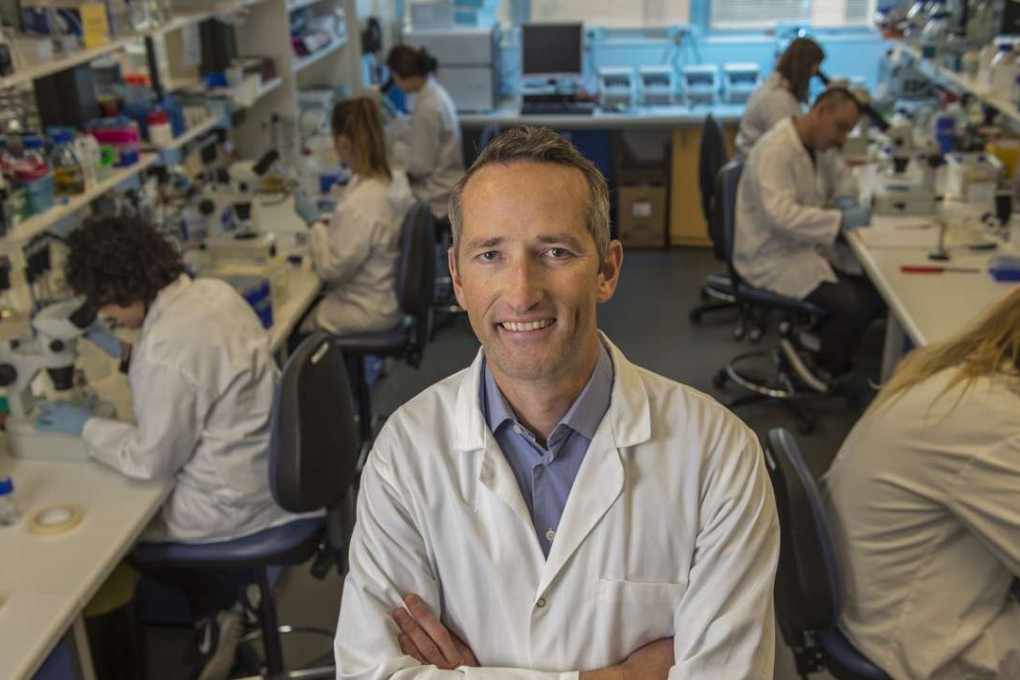How worms are helping scientists understand the function of genes in the human brain
The humble worm continues to yield new information in diverse areas of biology such as the nervous system, behaviour, metabolism and ageing

Hunched over a high-powered microscope in a laboratory at Monash University in Melbourne, Roger Pocock observes hundreds of 1mm-long roundworms grazing on a lawn of E coli bacteria while squirming around a palm-sized circular glass dish. The neurogeneticist from England has been mesmerised by these tiny creatures ever since he first saw them in a TV documentary in 1992, which, coincidentally, also sparked his dramatic career change from high street banker to research scientist.
Omnipresent in soil and rotting vegetation, these Caenorhabditis elegans worms, or C elegans for short, are helping Pocock and his team uncover secrets of the development of the human nervous system and how genes function in the human brain.
Pocock’s enthusiasm for the worms was evident when we met one morning in Melbourne recently. “If you think about model organisms and the major breakthroughs that have occurred over the past 20 years, worms kick butt,” says Pocock. “There are so many major groundbreaking fundamental research breakthroughs that have occurred in C elegans over the past 20 to 30 years.”

Since the emergence of worms in the mid-1970s as an important experimental model, the creatures have continued to reveal new information in such diverse areas of biology as the nervous system, behaviour, metabolism and ageing.